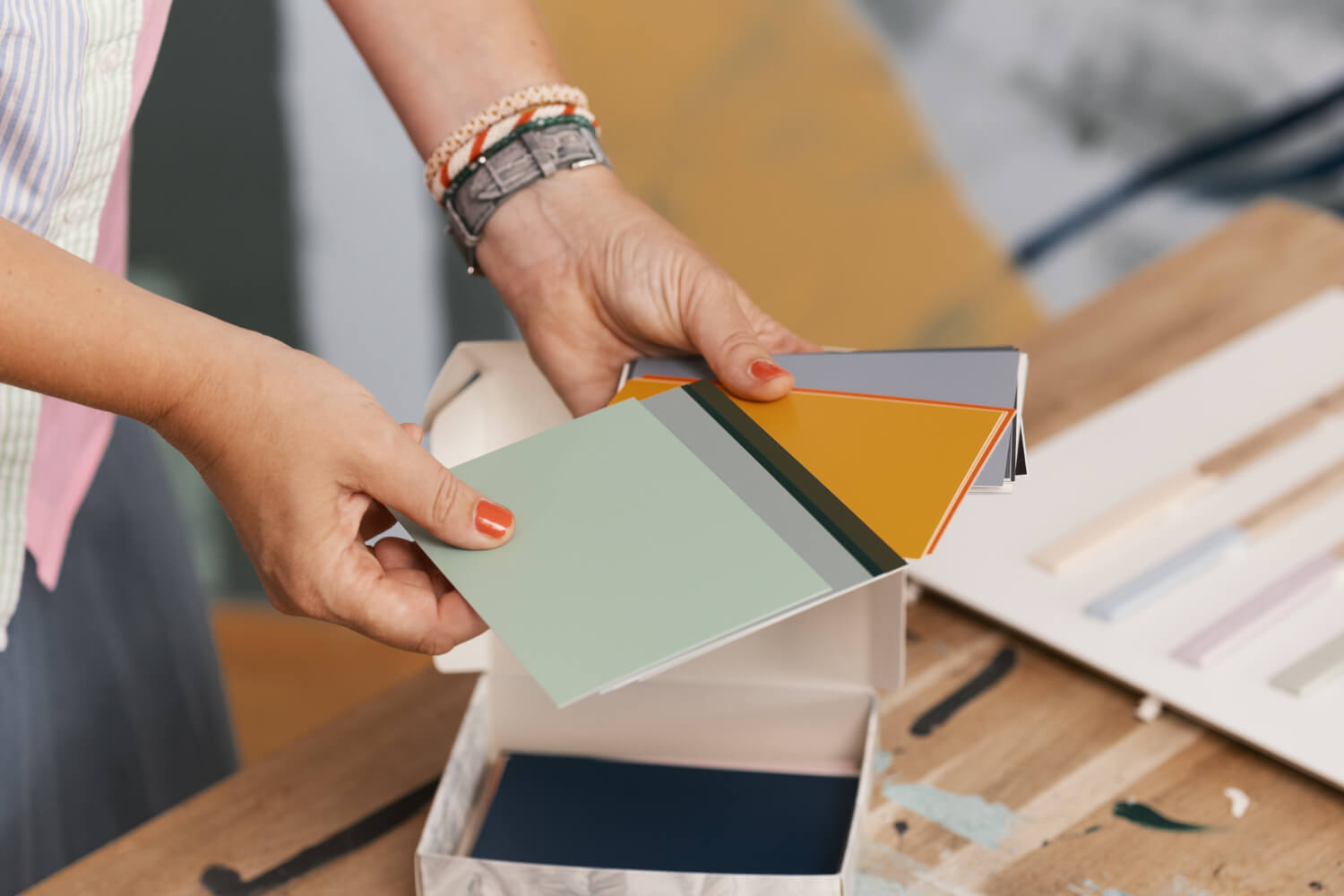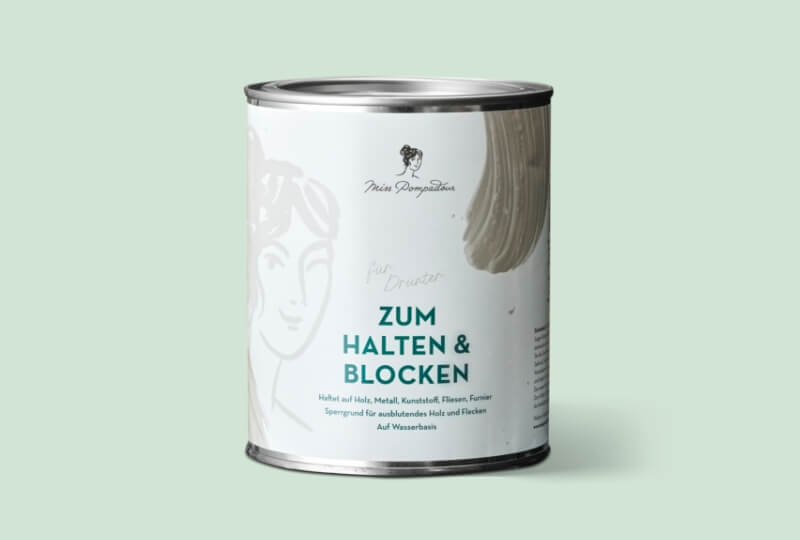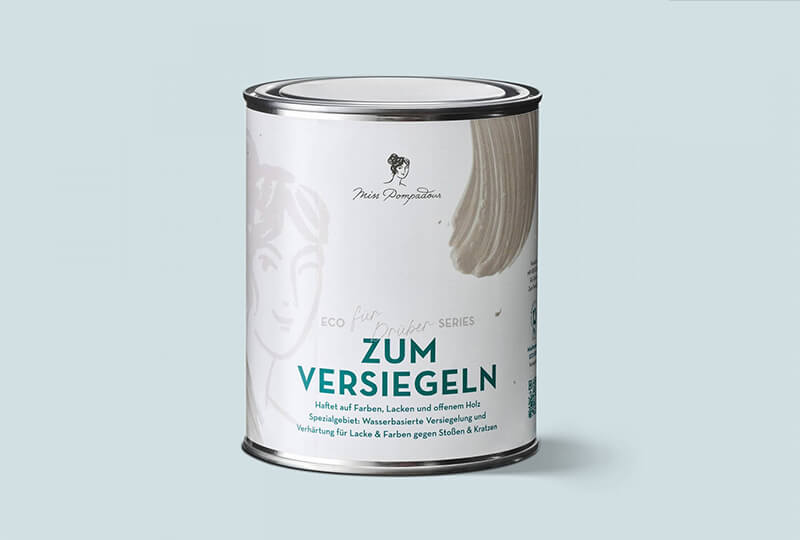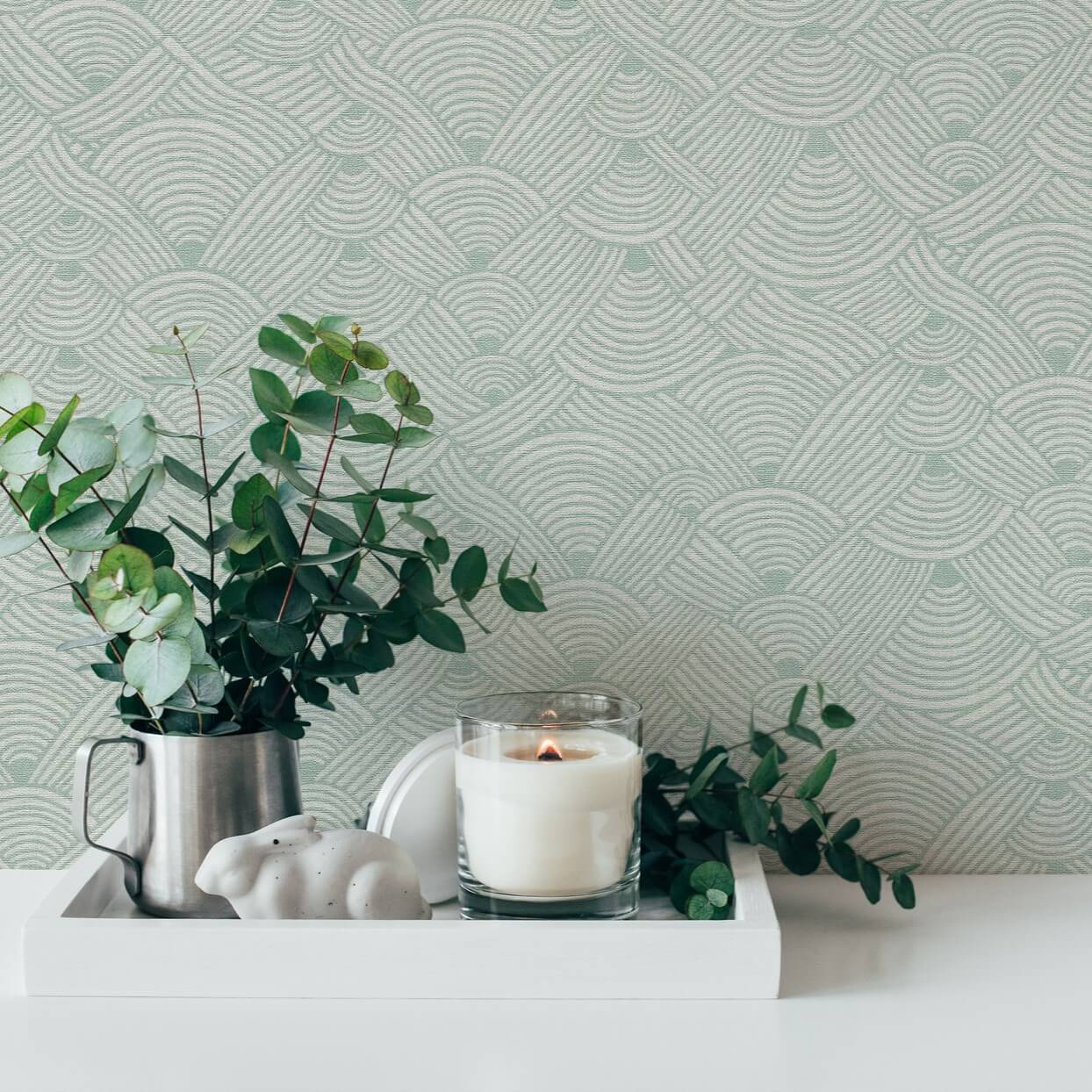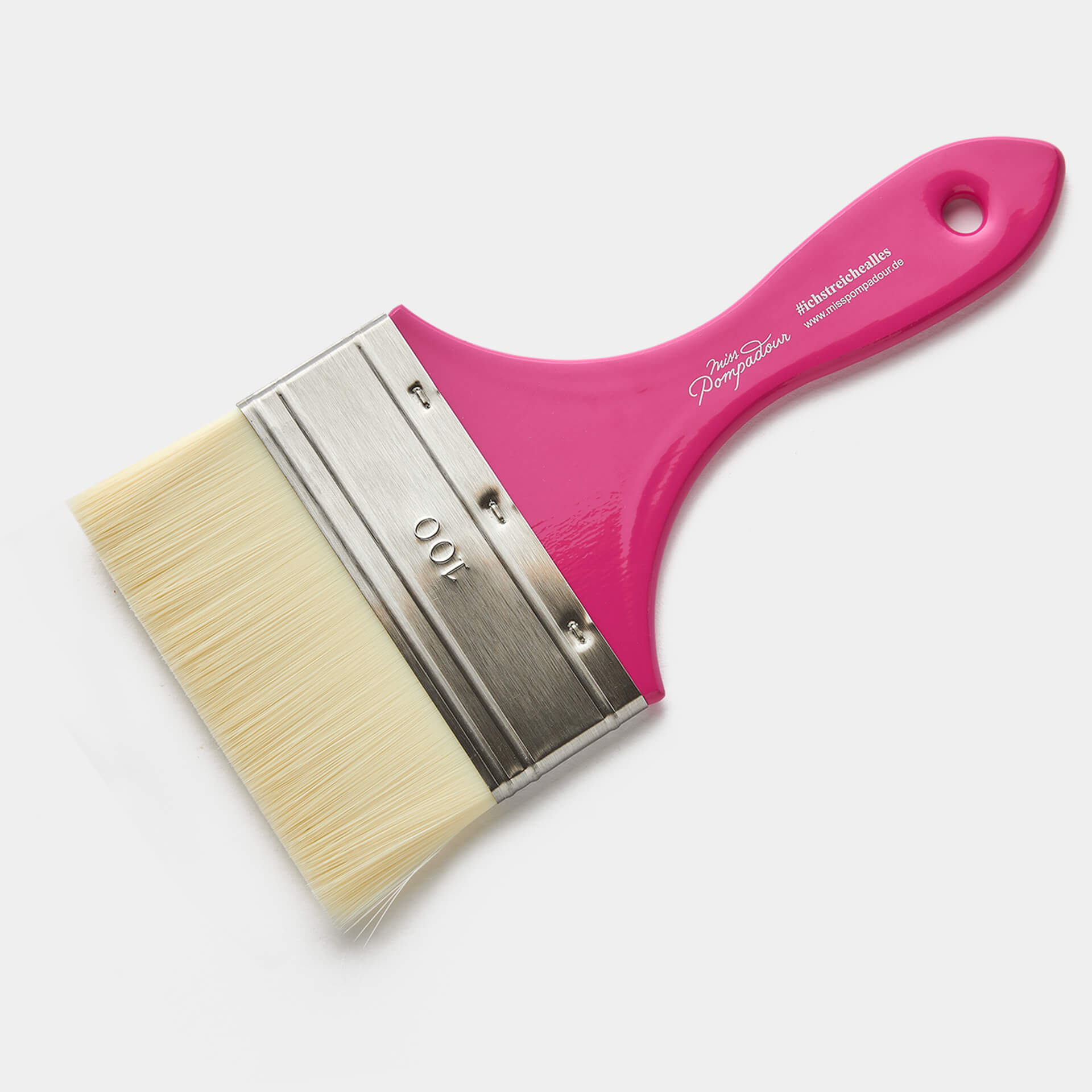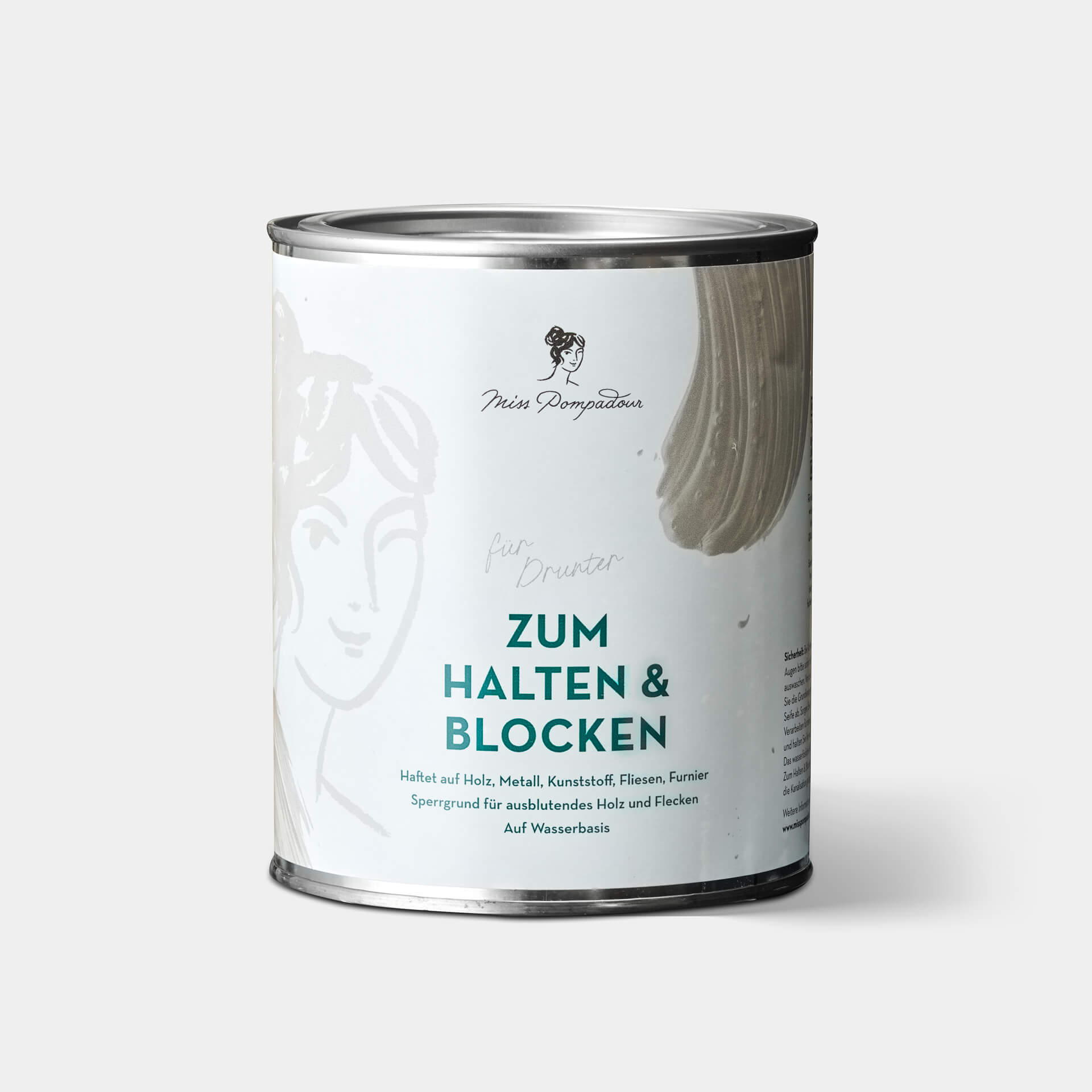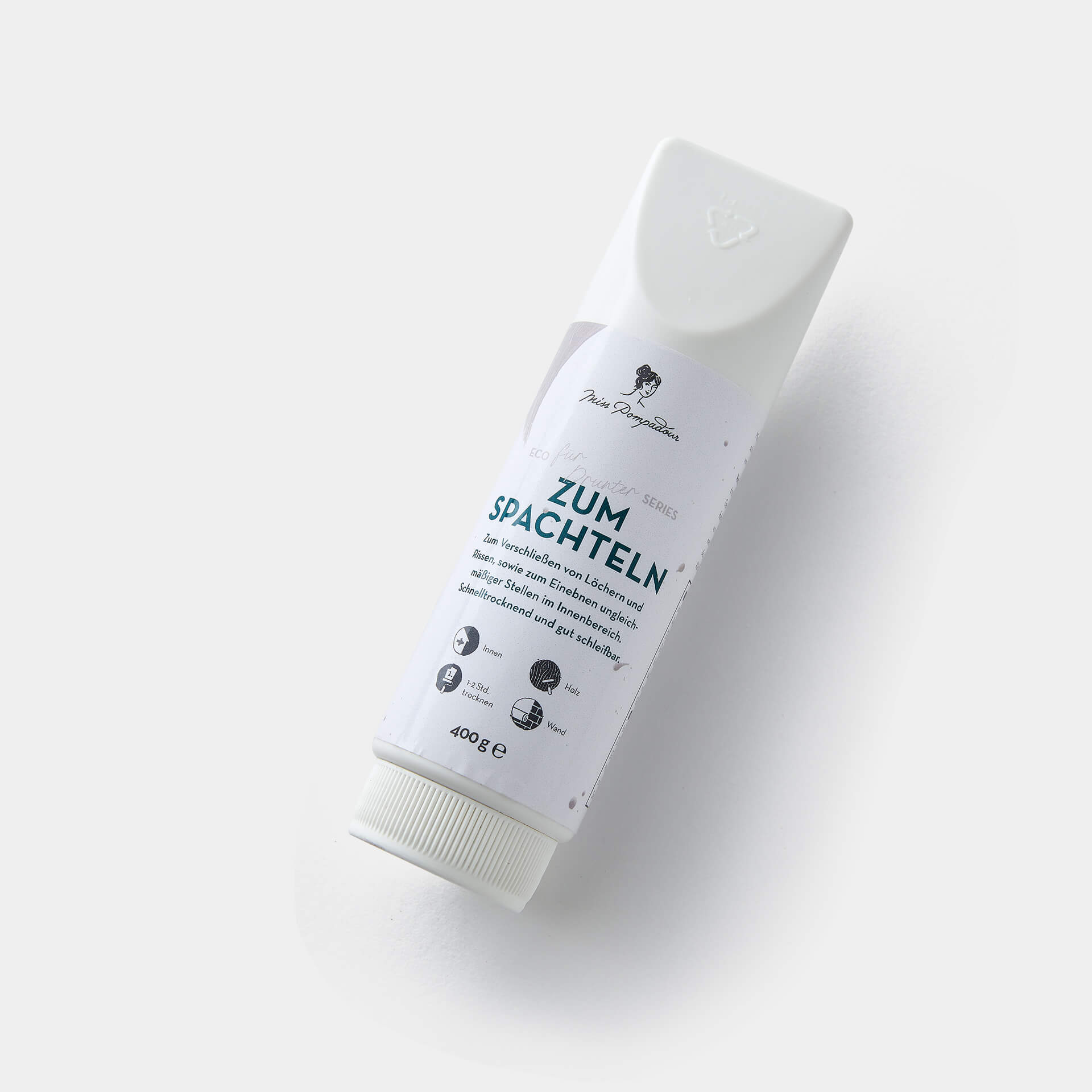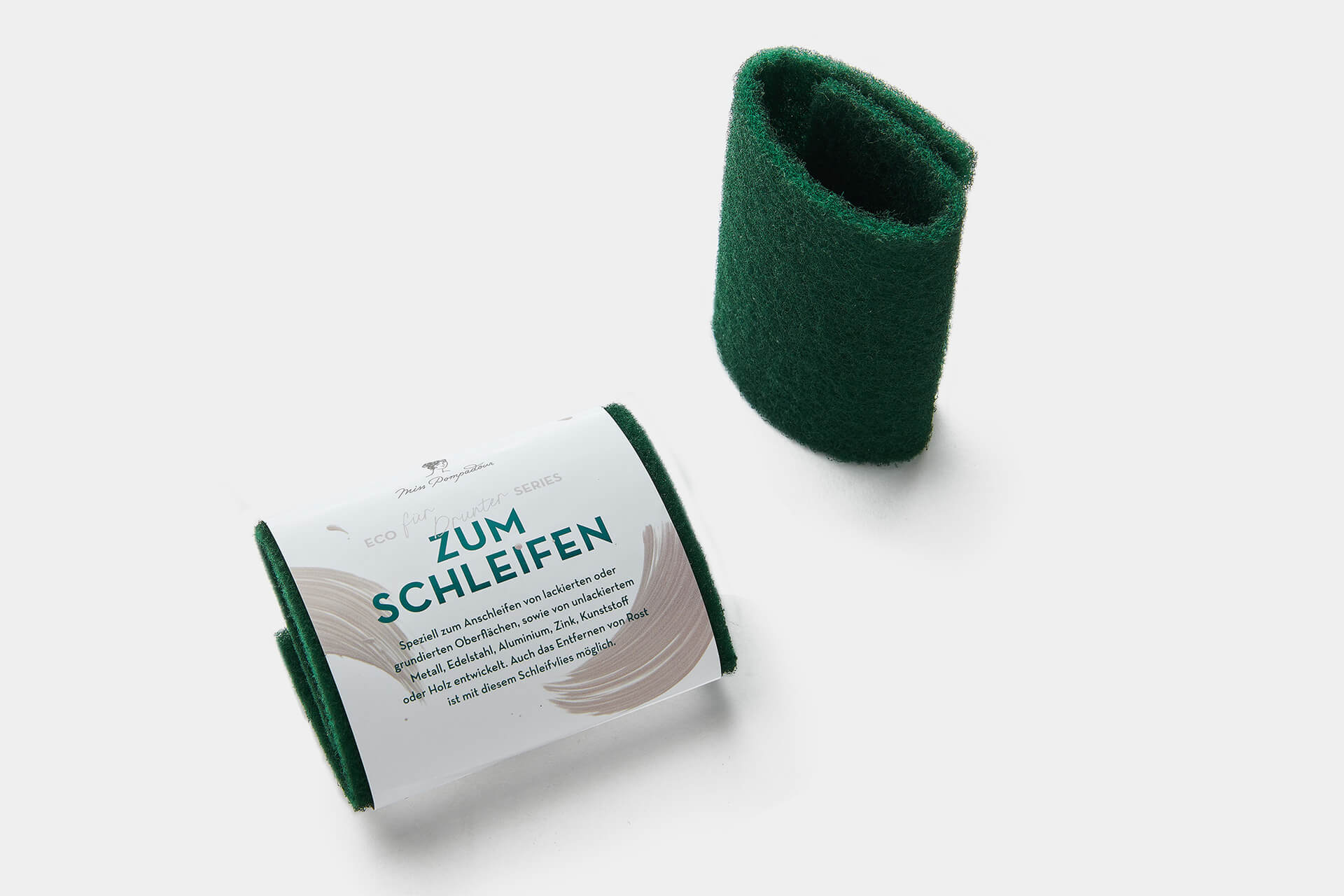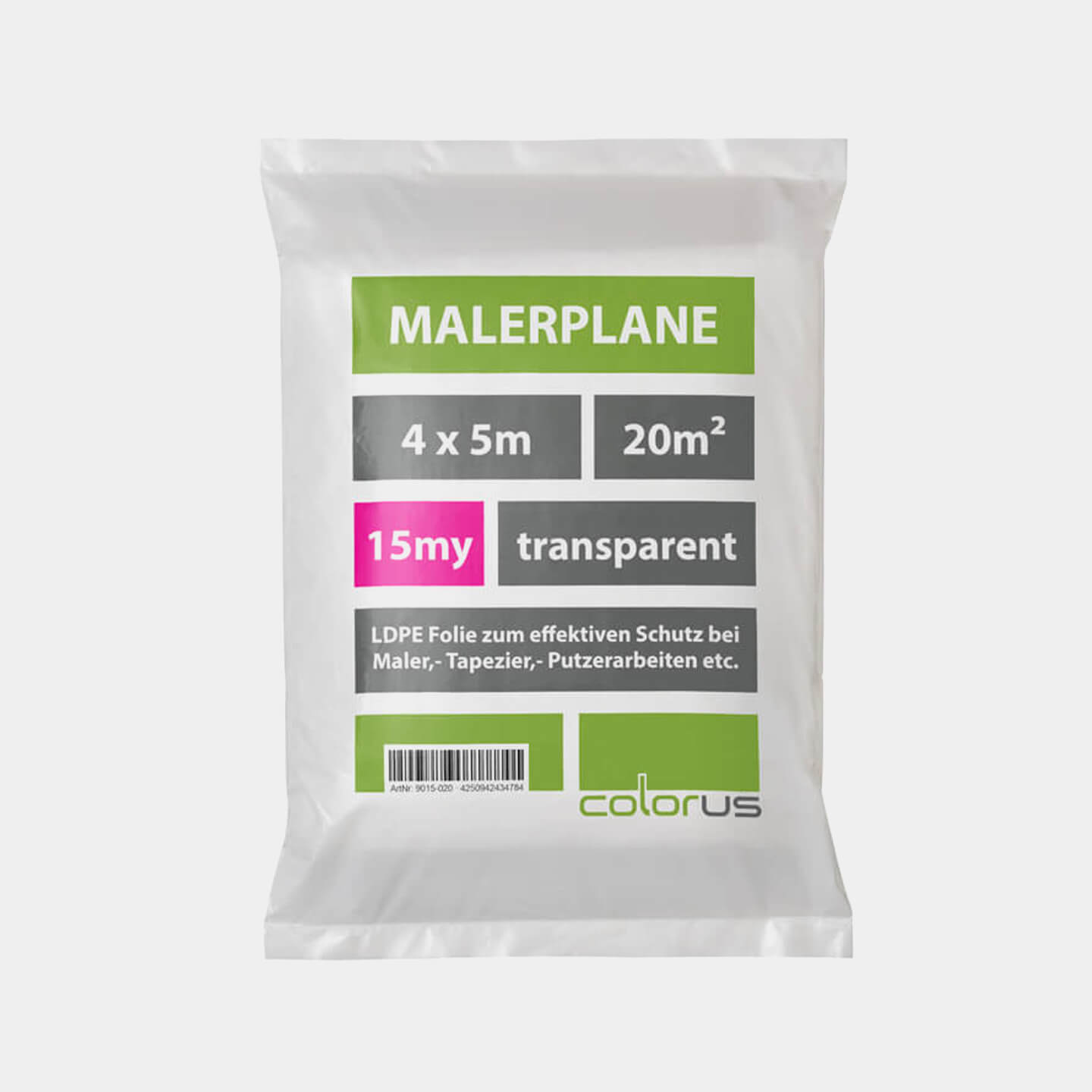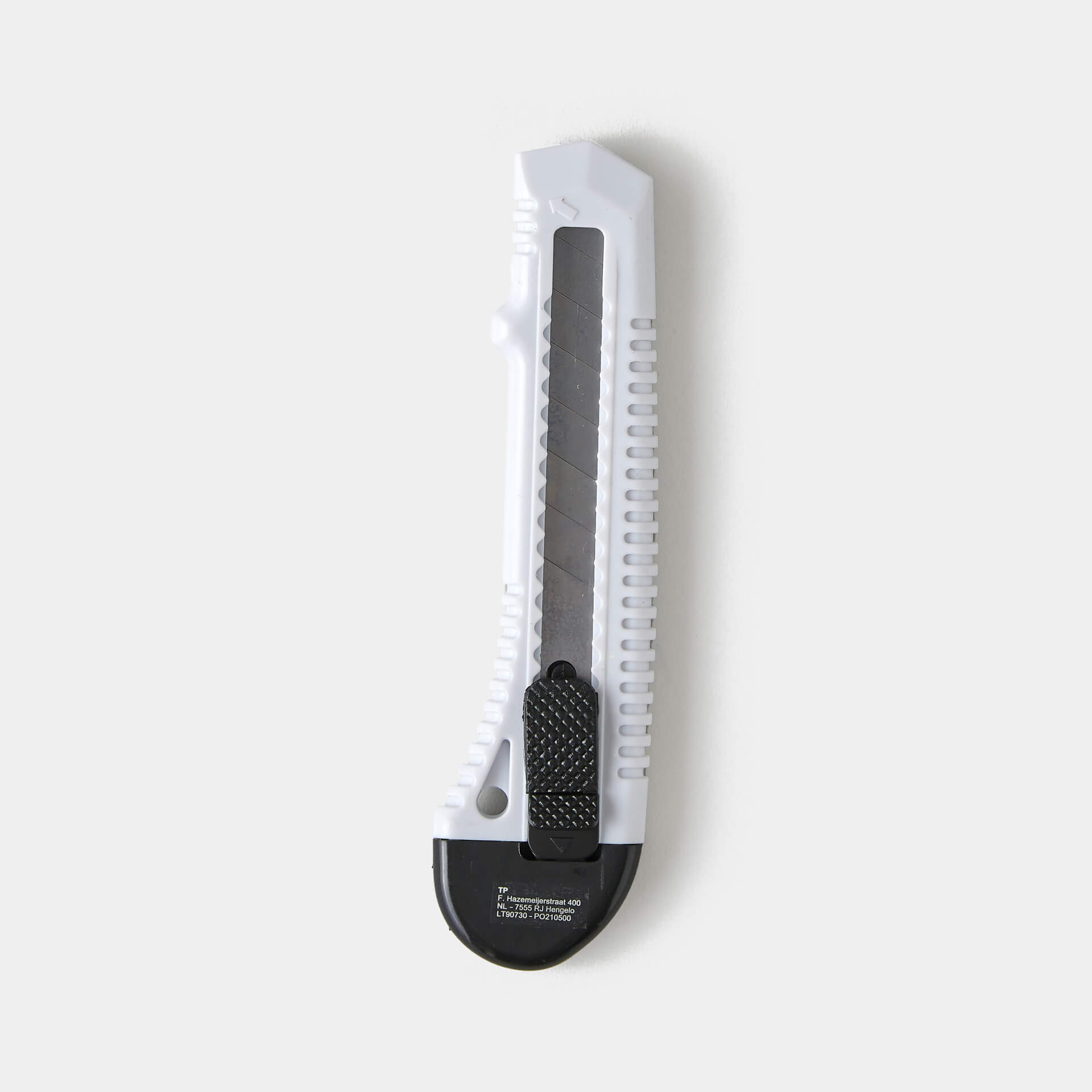Remove Old Paints & Varnishes
In Painting - How-To · 6 min reading time
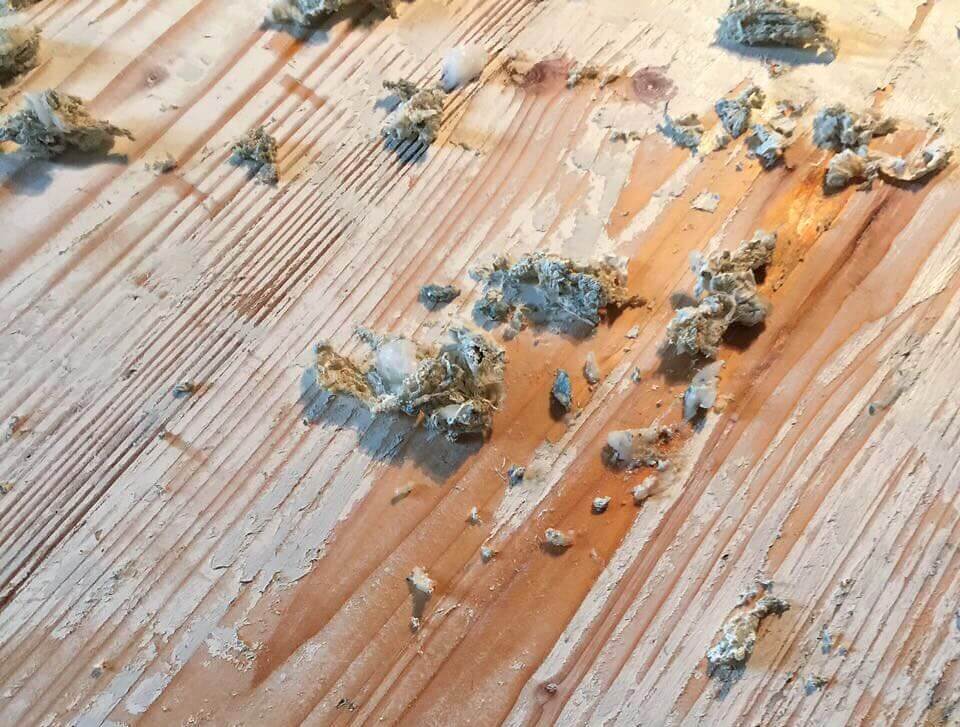
You want to paint your bathroom or kitchen? Do you want to give your garage door or other metal objects a new look? Find out here if and how you have to remove an old coat of paint or varnish beforehand.
Let's start with the good news: You do not necessarily have to remove old paints and varnishes before repainting - with our paints you can easily repaint an old layer of paint or varnish. However, if the old paint is damaged and peeling, the first step is to remove it. You can find out exactly how to do this in these instructions.
Preparation: How to choose the right tool
Depending on the method and surface, different tools or aids are used to remove old layers of varnish or paint
Which methods are suitable for removing varnish?
There are various methods for getting rid of old varnish, depending on the surface material:
- Mechanical removal of varnishesn: The old varnish is removed with sandpaper, sanding pad or - if large areas are involved - with a sanding machine. Always wear protective clothing, gloves and a breathing mask, as the (fine) dust is harmful to health and the environment. This method is particularly suitable for wood and metal if you want to get rid of loose parts. Veneered surfaces can also be easily sanded. However, you should proceed with caution here, as veneers are very thin layers of wood.
- Chemical removal of varnishes: Chemical treatment of old paintwork is also known as stripping. This involves treating the surface with certain solvents so that the old layers of paint or varnish can be removed in the next step. When using paint strippers, be sure to take your own protective measures. Follow the instructions on the label very carefully. If they contain strong solvents, this method can be harmful to the environment.
From which substrate should the paint or varnish be removed?
If you want to repaint, the substrate must always be clean, grease-free and load-bearing. If an old layer of paint is flaking or sanding off, you must remove it first
Depending on the substrate, the following tools can be used for the mechanical removal of old varnishes and paints. As mentioned above, wearing protective clothing is important.
- Stable, smooth surfaces such as wood, plastic, metal: Spatula, scraper or electric scraper are particularly suitable for removing loose paint layers or soft paint layers that have already been loosened with chemicals.
- Sensitive surfaces, wooden furniture, thin varnish layers: Sandpaper, sanding pads or - for large areas - a sanding machine are suitable for levelling flaking and uneven surfaces.
- Insensitive surfaces such as metal garden fences, garage doors: Here you can work with wire brushes or wire brush attachments for the drill.
- Water-insensitive, hard substrates made of concrete, stone: High-pressure cleaners or sandblasters are best suited here.
- Heat-resistant surfaces such as metal or stone: A heat gun can be useful for stubborn varnishes.
Which paint or varnish do you want to repaint?
If you have used chalk paint for the old coat, you can simply paint over it - provided the paint does not blister or flake off. Old oil paint, synthetic resin varnish or acrylic paint can also be painted over.
Tips for removing varnish splashes
Don't panic about varnish splashes on adjacent furniture or your clothes! If the paint hasn't dried yet, you can remove it easily with a damp cloth. If it has already dried, simply scrape off the splash with your fingernail or a scraper, depending on the hardness and amount.
Alternatively, you can simply wear our comfortable painter clothes. They look great even with paint splatters.
Instructions: Remove paint & varnish
Here we explain in detail how you should proceed in order to get rid of your old varnish as efficiently as possible:
Step 1: Preparation
Depending on the method of removing old paint, you will need protective clothing and a protective mask. As working with a sanding machine is a rather dusty affair, it is best to do this outdoors. You should also ensure adequate ventilation when using chemical stains. Protect your floor with newspaper or foil if necessary.
Step 2: Removal of coarser damage
Step 3: Remove the varnish
Depending on the surface, you can now use different methods to remove the varnish from the surface:
- Removing paint from wood
In order to remove an old layer of paint or varnish from wooden surfaces, it may be necessary to sand down garden furniture before applying a new coat of paint, as these weather and chip over time or the surface is no longer even.
- removing varnish from metal
With metal in particular, it is important to remove not only the old varnish, but also any loose rust. Only if the surface is rust-free will the paint last well and for a long time. Both varnish and rust are best removed with sandpaper or a wire brush. If you have areas with bare metal after sanding, you should definitely prime them. Use a rust protection primer for this. To help the paint adhere better, you can then apply a coat of To Bond & Block - MissPompadour Paint primer.
- Remove paint from stone
Outdoors, a high-pressure cleaner or sandblaster is excellent. If the varnish is more stubborn, you may need to use a heat gun to clean the stone surface.
- removing wall paint
Usually you do not have to remove old wall paint for a new coat. This applies to chalk paint, emulsion paints and emulsions. If you want to repaint latex paints, test in advance on an inconspicuous spot whether the new coat will hold.
If the removal of wall paint cannot be avoided, use a sander or a spatula.
Step 4: Final cleaning
Before you give the surface a new coat of paint, you should carry out a final clean. If you have only sanded the surface, it is sufficient to thoroughly remove loose varnishrests and dust. After using a chemical stain, you should also thoroughly remove any residue from the surface with water. Allow the surface to dry thoroughly.
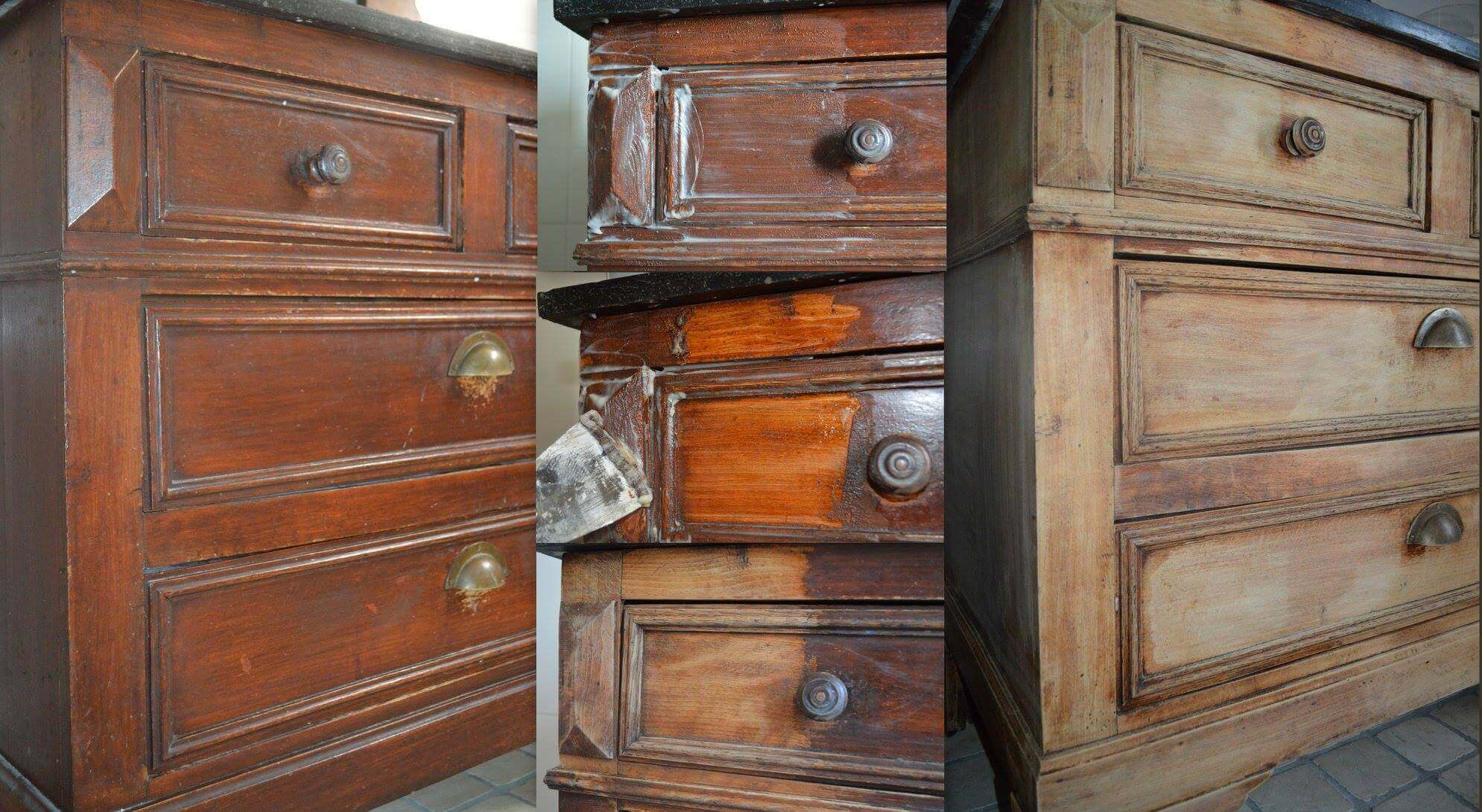
FAQ: Frequently asked questions
In case you still have questions, we have put together the most frequently asked ones for you here:
What are the methods for removing varnish?
You can chemically treat the surface with a paint stripper, or use mechanical methods such as a spatula, scraper, sandpaper or a sander. You can also use a heat gun to loosen the varnish. If the varnish is stubborn, use a wire brush or a high-pressure cleaner. The exact procedure can be found in the instructions above.
Can I remove old paint from plastic?
Old paint can be removed with rubbing alcohol or very careful sanding. However, it is always possible to dull the surface. Be careful not to use any method that attacks the plastic.
How often can you paint over chalk paint?
You can paint over Chalk paint as often as you like. There is no need for any special treatment of the surfaces between the individual coats.
Material and tools for removing old varnishes and paints
- Newspaper or film: To protect your floor.
- Sandpaper or sanding machine: Our To Sand - MissPompadour Sanding Pad is ideal for removing loose varnish particles.
- Spatula: The best way to remove dissolved layers of paint is with a spatula.
- Bucket and sponge: For thorough cleaning after using chemical paint strippers.
Material & Accessories
Content: 91 piece (€0.14* / 1 piece)
Content: 0.4 Kilogramm (€24.75* / 1 Kilogramm)

